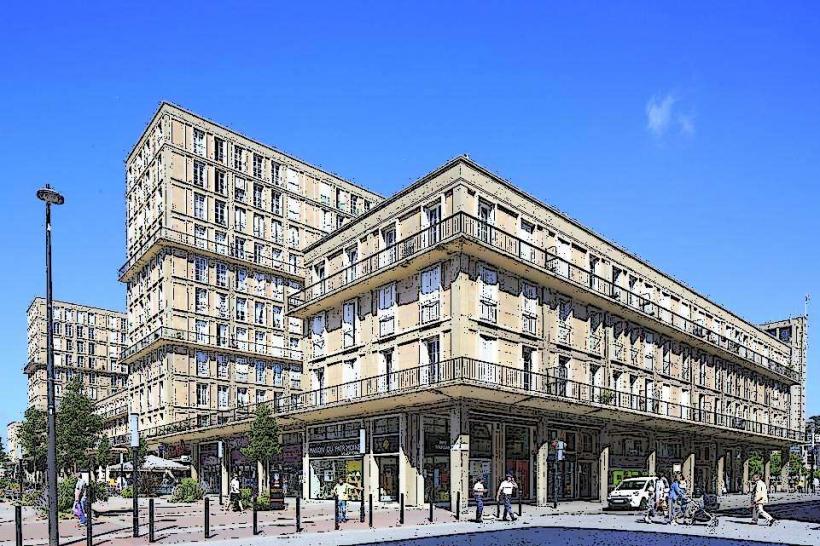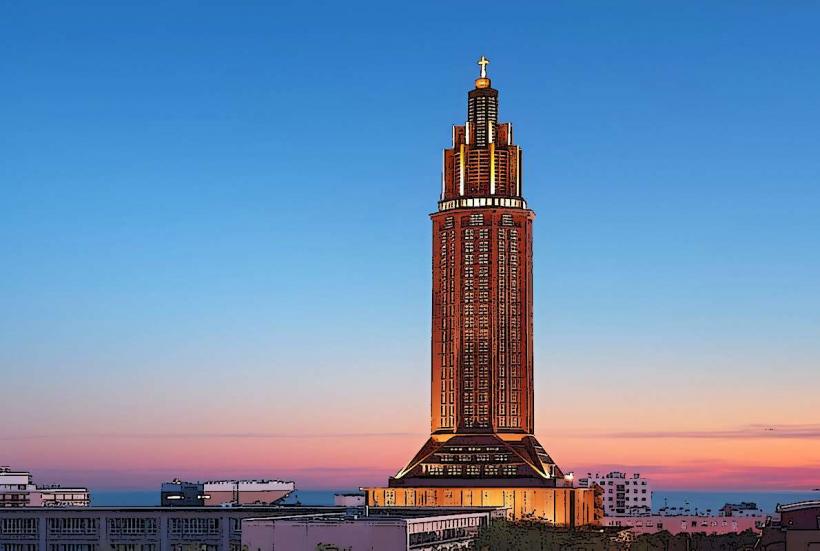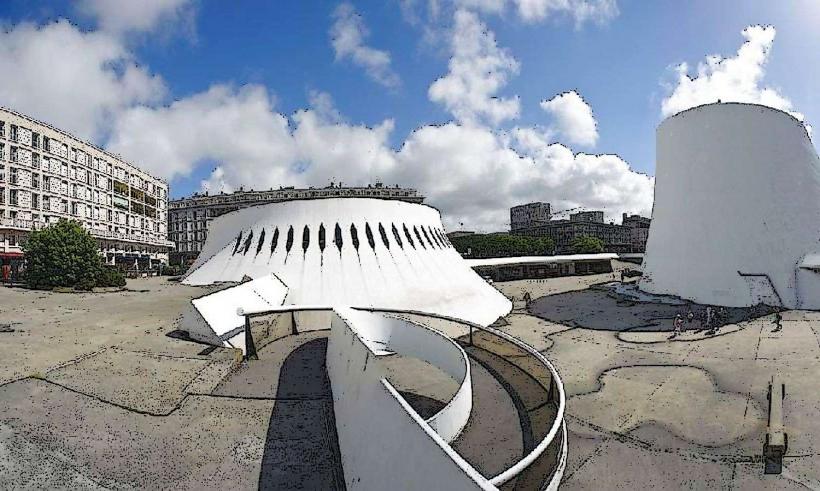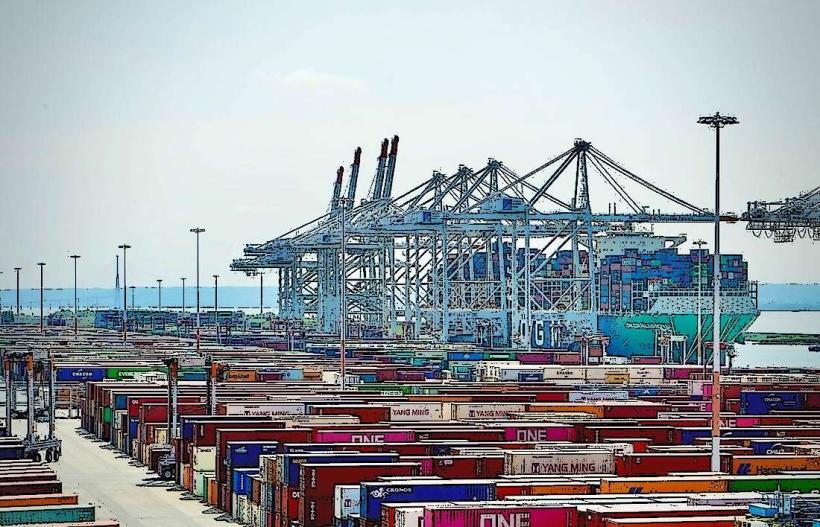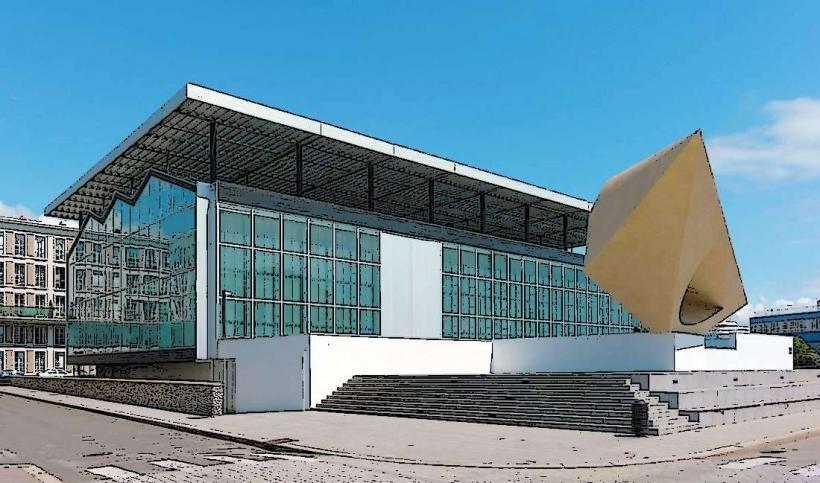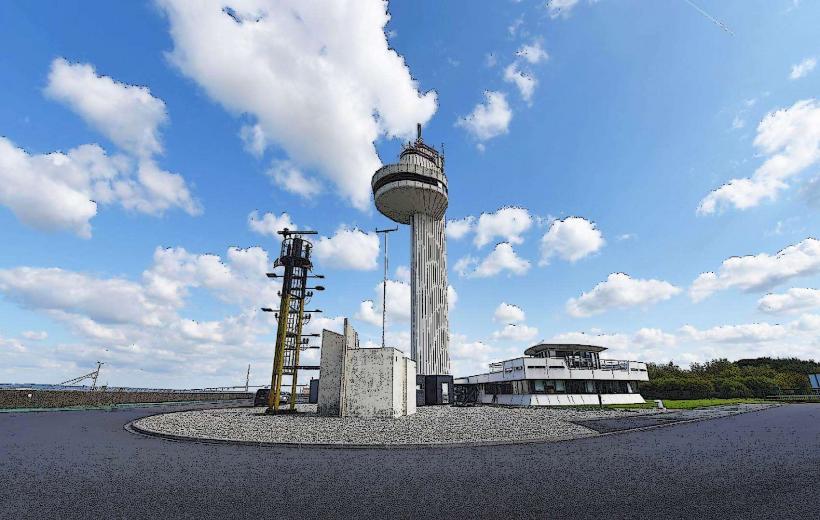Information
City: Le HavreCountry: France
Continent: Europe
Le Havre is a vibrant port city located on the Normandy coast of France, on the banks of the Seine River. Known for its maritime heritage, modernist architecture, and cultural attractions, it is a significant city in French history and a UNESCO World Heritage site. Le Havre is often celebrated for its blend of historical influences and contemporary design, making it an interesting destination for travelers.
Key Features of Le Havre:
1. UNESCO World Heritage Site
- In 2005, Le Havre was designated a UNESCO World Heritage site due to its modernist architecture. The city was heavily rebuilt after World War II, particularly following the bombing of the city in 1944. The reconstruction, led by architect Auguste Perret, introduced an innovative and cohesive modernist style that remains an essential part of the city's identity.
- The urban planning and architectural approach that Perret adopted has been widely admired for its bold use of concrete and emphasis on simplicity and functionality.
2. Modernist Architecture
- Le Havre’s reconstruction after the war is a major part of the city’s charm. Auguste Perret, one of the pioneers of modern architecture, designed much of the city center with the aim of creating a harmonious, functional urban space.
- The City Hall (Hôtel de Ville), with its iconic tower and façade, is a key example of this post-war modernist style. The Perret Tower, located next to the city hall, is another standout feature, offering panoramic views of the city and the sea.
- The use of reinforced concrete and the uniformity of the building styles across the city give Le Havre a distinctive and uniform look, often likened to a “concrete jungle” but with striking architectural beauty.
3. Le Havre Port
- Le Havre is home to one of the largest commercial ports in France and plays a crucial role in global trade. The city’s port is a focal point for industrial and maritime activity, and it contributes significantly to Le Havre’s economy.
- Visitors can learn about the port's history and importance at the Musée Maritime, which offers exhibits on the development of the harbor and the life of sailors and workers in the area.
4. Beaches and Seaside Promenade
- Le Havre is known for its long, sandy beaches, which are particularly popular during the summer months. The seaside promenade offers beautiful views of the English Channel and provides a peaceful retreat from the city’s more urban areas.
- The beach is ideal for leisurely walks, and the surrounding coastline is dotted with parks and gardens, making it a lovely spot for both relaxation and outdoor activities.
5. Museums and Cultural Attractions
- Le Havre has a rich cultural scene, with various museums and galleries showcasing art, history, and maritime heritage.
- MuMa - Musée d’Art Moderne André Malraux is one of the city’s key cultural institutions, hosting an impressive collection of impressionist art, including works by Monet, Delaunay, and Boudin. The museum’s building itself is a modernist masterpiece, designed by the architect Jean Nouvel.
- The Musée Maritime offers an exploration of the city's history as a port, focusing on the maritime industry and the lives of sailors who worked in Le Havre.
- The Le Volcan cultural center, designed by architect Oscar Niemeyer, is a striking example of contemporary architecture. It houses a theater, cinema, and exhibition space.
6. The Malraux Park
- This park, named after the French writer and politician André Malraux, is one of the largest green spaces in Le Havre and offers residents and visitors a place to relax and enjoy nature.
- The park is known for its landscaped gardens, playgrounds, and large ponds, making it an ideal location for walking, jogging, or picnicking.
7. Le Havre’s Historical Significance
- Founded in 1517 by King Francis I, Le Havre quickly became one of France's most important ports. Its location at the mouth of the Seine River made it strategically vital for trade with both the Atlantic world and Europe.
- Over the centuries, Le Havre played a key role in naval warfare, colonization, and global commerce. During World War II, the city was heavily bombed and nearly destroyed, which led to its modernist reconstruction.
- Le Havre was also a major refuge for artists and intellectuals during the early 20th century, and it was home to the Impressionist movement, with Claude Monet painting the famous “Impression, Sunrise” in Le Havre, which helped give rise to the name of the art movement.
8. Le Havre’s Festivals and Events
- Le Havre hosts a variety of festivals and cultural events throughout the year. The Festival du Film de Le Havre attracts cinema lovers and filmmakers from around the world, showcasing both French and international films.
- The Fête de la Mer is a popular celebration of the city’s maritime heritage, featuring maritime activities, performances, and events along the waterfront.
- The Marché de Noël (Christmas market) transforms the city center into a festive destination with traditional holiday goods, local delicacies, and live entertainment.
9. Le Havre’s Cuisine
- Le Havre's cuisine is influenced by its coastal location, offering a wide variety of fresh seafood and local dishes. Seafood lovers can enjoy dishes like moules-frites (mussels with fries) and lobster, while other regional specialties include Normandy apples and calvados, the region’s famous apple brandy.
- The local markets, particularly the Marché de l'Ancien-Hôtel-de-Ville, offer a wide range of fresh produce, fish, meats, and cheeses, providing a taste of the region’s culinary traditions.
Conclusion
Le Havre is a city that seamlessly blends history, modernity, and maritime heritage. From its iconic modernist architecture to its bustling port and vibrant cultural scene, Le Havre offers a unique perspective on France’s coastal cities. Whether you're interested in exploring its rich history, admiring its artistic museums, or enjoying the seaside atmosphere, Le Havre offers a diverse and rewarding experience.

